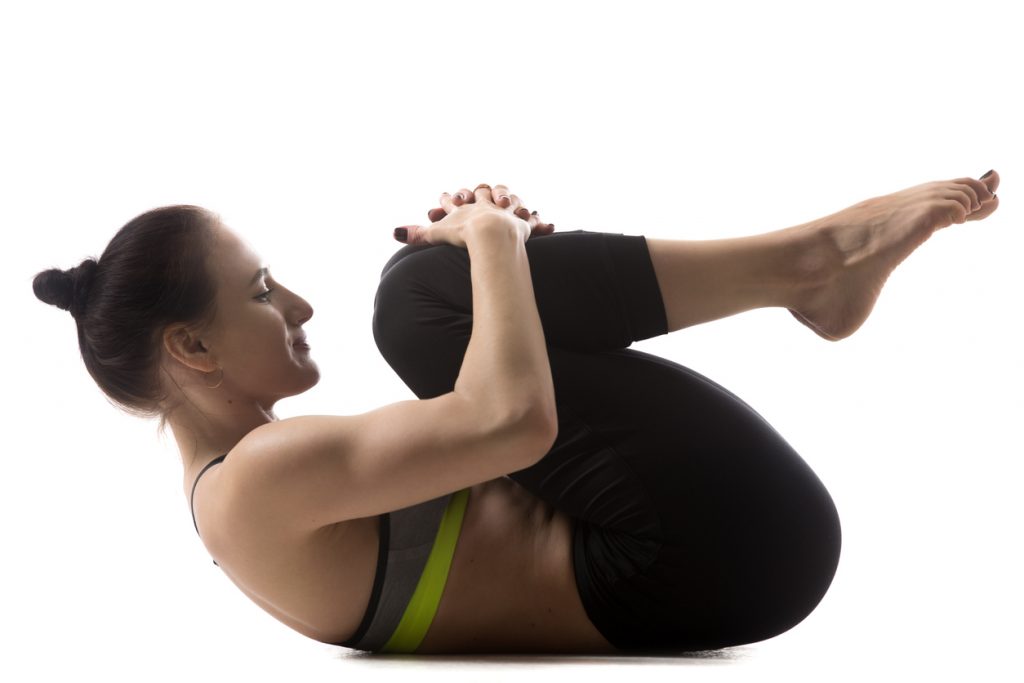Lower back pain may be associated with getting older, but age is not always a deciding factor. Back pain shows no bias and can affect people who are active and healthy. The only thing that matters to those who have chronic lower back pain is finding a way to reduce the discomfort. Stretching helps alleviate the tension and pain in the lower back due to a weakened spine and can help keep it strong to mitigate any pain in the future. So, to find relief and keep the pain away, try some of these stretching exercises for lower back pain.
Tips Before Stretching
To get the most benefit from these stretching exercises for lower back pain, remember these tips to stretch effectively.
- The stretching should be a bit uncomfortable but not painful. If the pain from the stretch is worse than the pain that already exists, slow it down or work on your form.
- Stretch slowly and deliberately so that you don’t exacerbate the area more. Do not bounce while in the stretch because this can harm your muscles and tendons. Hold the stretch with purpose.
- Breathe out as you lower into a stretch to settle in. Keep breathing rhythmically and let your body sink just a tad bit more every time you exhale if you can comfortably.
- Stay in the stretching position for a minimum of 15 to 30 seconds for each stretch. This gives you enough time to allow the muscles and tendons to reap all the benefits. Each 15 to 30 seconds is considered one repetition, and you should be aiming to do four repetitions of each exercise.
The exercises that follow will help you alleviate lower back pain if routinely done. If your pain continues to persist or is getting worse, be sure to talk with a professional pain management specialist. CRPM is the leading Orange County pain clinic and can help you with any pain you may be experiencing.
Knee to Chest Stretch
Lie on your back with your left leg flat on the ground and the right leg bent. Grab the bent leg with both hands clasped behind the knee and pull your knee to your chest. Hold this position as deep as you can, and then switch legs.
Piriformis Stretch
Lie on your back with your left leg bent and heel on the floor. Take your right leg and place the ankle perpendicularly onto the knee of your bent left leg. Now clasp your hands behind the knee of the left leg and pull it to your chest. This is a modified version of the knee to chest stretch that targets your glutes.
Trunk Rotation
This exercise will help stretch your lower back and target your core to strengthen your spine. Start by lying on your back and bringing both knees up towards your chest at a 90-degree angle. The position you are in should resemble sitting in a chair. It helps to extend both your arms out on the floor, perpendicular to your body. With your knees together, rotate them to the right until they touch the floor while keeping the “seated” position. Do the same for the left side.
Pelvic Tilt
Starting position is back on the floor, both knees bent, and both feet planted fully on the floor. Keep your arms to your side while you perform this stretch. First, arch your back and push your stomach out, so there is a slight gap between your lower back and the floor. Next, transition from this to tightening your stomach, pressing your lower back firmly on the floor, and raising your pelvis slightly. Your pelvis should not leave the floor during this movement. Finally, transition back and forth between these two positions.
Prayer Stretch
Lay on the floor so your stomach is facing toward the ground. From here, tuck your legs underneath your chest, similar to a fetal position. Rest your butt/hamstrings on your heels and extend your arms out forward away from your body. The most effective form of this exercise is stretching your arms as far forward as they can go while keeping your butt on your heels. This will lengthen your lower back and help stretch the muscles.
Try these stretching exercises for lower back pain. Hopefully they will alleviate some pain. But, always defer to your physician’s advise first and foremost.


